Have you ever imagined stepping onto a surface where the fundamental laws of physics appear to bend before your eyes? Where water flows uphill, objects roll in the wrong direction, and your own body seems lighter or heavier than it should be? These aren’t scenes from a science fiction movie. They’re real places scattered across our planet where gravity behaves in ways that challenge our understanding of the natural world.
From the icy regions of Canada where you can actually weigh less, to mysterious hills where cars roll backward uphill, our Earth holds secrets that continue to baffle scientists and visitors alike. Some of these phenomena have perfectly logical explanations rooted in geology and physics, while others remain puzzling optical illusions that trick our minds in the most convincing ways. Let’s explore these fascinating locations where the ordinary rules of gravity seem to take a holiday.
Hudson Bay, Canada – Where You Actually Weigh Less

In the vast wilderness of Canada’s Hudson Bay region lies one of Earth’s most genuine gravitational anomalies. When you step on a scale here, you’ll weigh roughly 0.005% less than you would elsewhere on the planet. This might sound minuscule, but across such an enormous area, it represents a truly significant gravitational deficiency.
The Laurentide Ice Sheet, which covered much of present-day Canada and the northern United States, was almost 2 miles thick in most sections and up to 2.3 miles thick in areas of Hudson Bay, weighing down the Earth with its massive presence. When this colossal ice sheet melted away 10,000 years ago, it left the Earth rebounding very slowly, creating an area with less mass and consequently less gravity. Scientists project that the Earth needs to rebound over 650 feet in this region to return to its initial state, a process expected to take another 5,000 years.
The Mystery Spot in Santa Cruz, California

Nestled in the redwood forests near Santa Cruz, the Mystery Spot spans about 150 feet in diameter and exhibits strange phenomena where people appear to lean mysteriously without falling over, and objects seem to defy gravity. Since 1940, this location has been attracting visitors and creating more than a few eerie feelings and misunderstood sightings.
You’ll witness tennis balls rolling uphill, brooms standing on end, and people appearing to stand at impossible angles. These bizarre scenes are carefully crafted optical illusions designed to make things appear the way they do, caused by your own misjudgments of the height and orientation of objects. The surrounding redwood trees and carefully constructed buildings create a disorienting environment that makes your brain struggle to determine what’s truly level.
Spook Hill in Lake Wales, Florida

Located about 50 miles from Disney World, Spook Hill in Lake Wales, Florida is where objects appear to roll upwards instead of downwards, with local legends attributing its properties to a ghost. The story goes that a Native American chief fought an alligator to the death atop the hill, and one or both are said to pull things against gravity.
Spook Hill has become such a cultural landmark that it was listed on the National Register of Historic Places in 2019. Unfortunately for ghost enthusiasts, it’s another case of optical illusion, though the story remains pretty entertaining. When you drive your car to the designated spot and put it in neutral, you’ll be amazed as your vehicle seemingly rolls backward uphill, defying everything you know about gravity.
The Electric Brae in Scotland
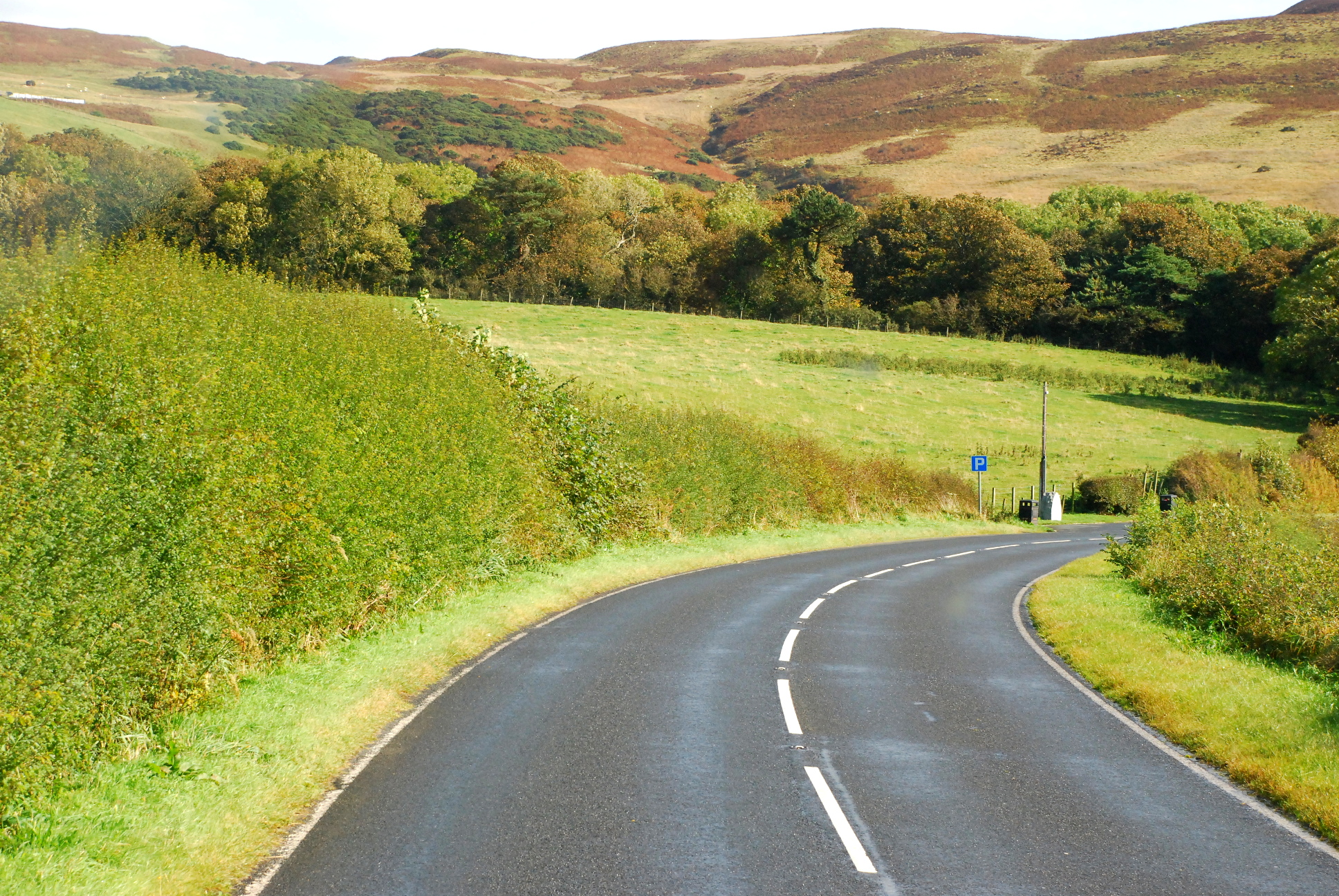
The Electric Brae is the nickname given to a quarter-mile stretch of road in South Ayrshire, Scotland, where locals noticed that objects, including vehicles, seem to roll uphill instead of downhill, a phenomenon that was attributed in the 1800s to electricity or magnets. This mysterious road has been puzzling visitors for over two centuries.
The real explanation is much less “attractive” than supernatural forces – because of the way the road curves, an object that looks to be rolling uphill is actually going downhill. That hasn’t stopped tourists, including notable visitors from the U.S., from making pilgrimages to experience this optical phenomenon firsthand. The surrounding landscape creates such a convincing illusion that even knowing the scientific explanation doesn’t diminish the wonder of experiencing it.
Mount Aragats in Armenia
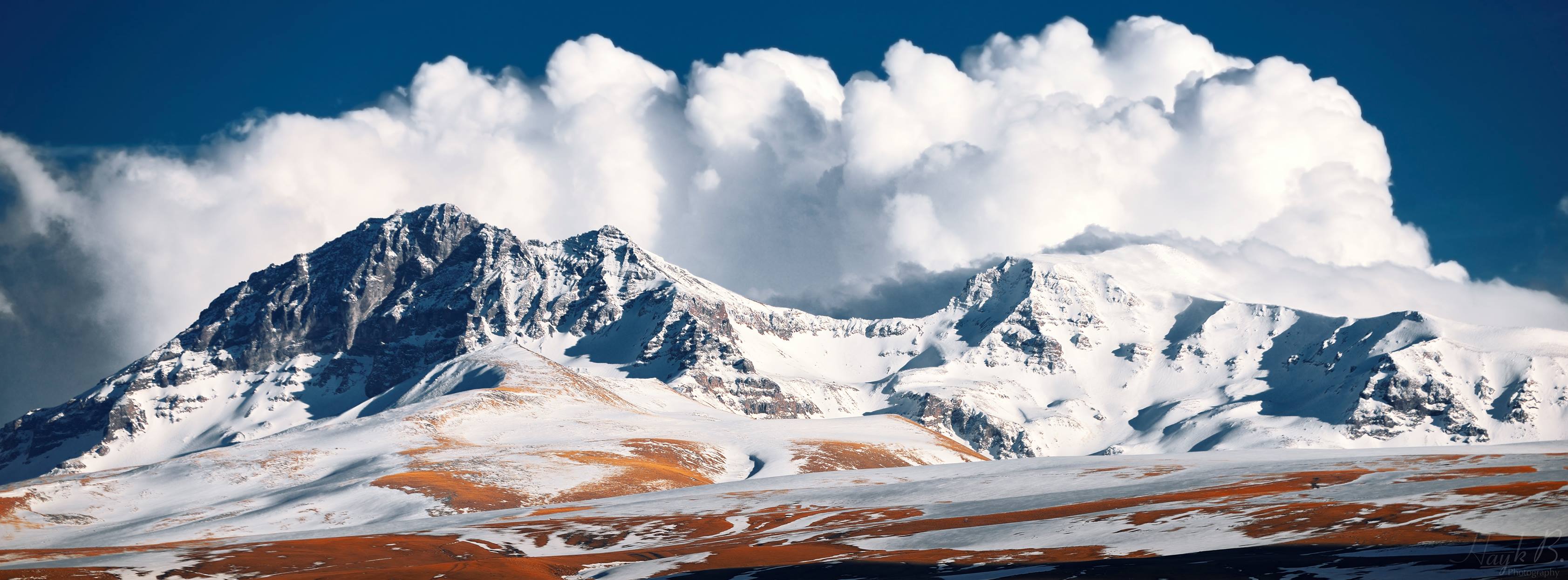
Mount Aragats, the highest peak in Armenia, presents an enigmatic gravitational anomaly on one of its slopes, particularly noticeable near the stone sign that marks the spot. The illusion of defying gravity is so convincing that it attracts both locals and tourists who flock to witness stationary vehicles start to move uphill on their own.
The optical illusion created by the landscape, where a downhill slope appears to be uphill, challenges visitors’ perceptions and offers a memorable and perplexing experience. The barren, mountainous terrain provides few visual references for your brain to calibrate what should be level, making the illusion particularly compelling. Many visitors report feeling genuinely disturbed by what they witness, even after understanding the scientific explanation.
Moncton Magnetic Hill in Canada
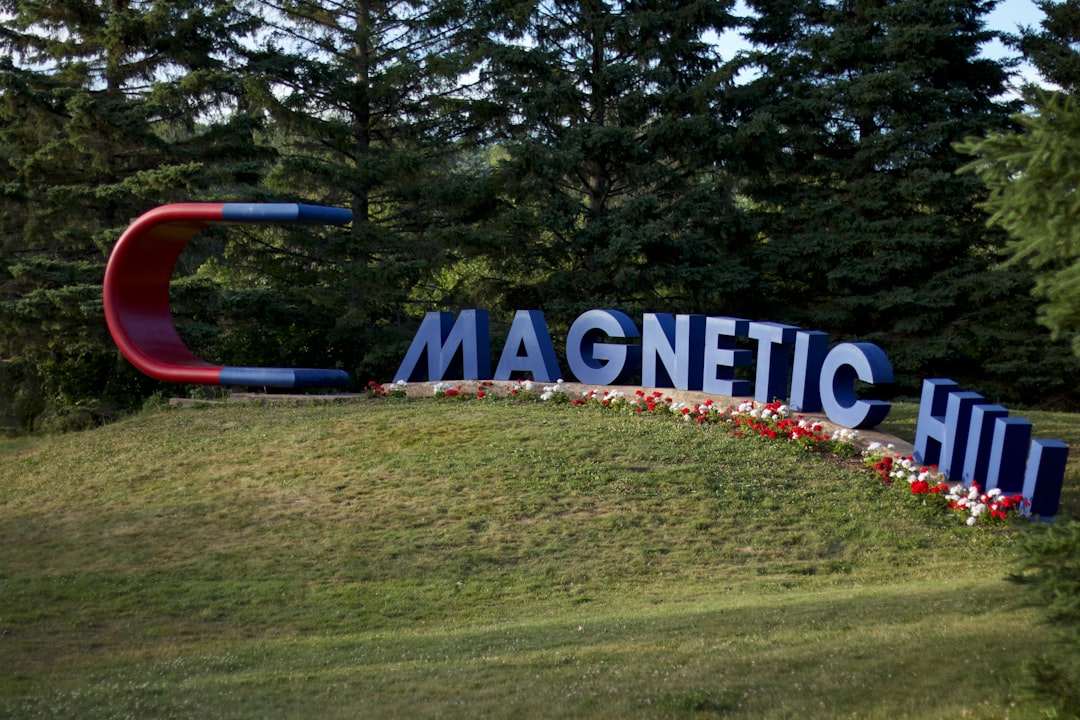
There’s a small, otherwise nondescript hill in New Brunswick that has been baffling visitors for over 80 years, where drivers discovered in the 1930s that if they take their foot off the car brake at the bottom of the hill, their vehicle rolls backwards – uphill. This natural wonder, located on the outskirts of Moncton, presents an optical illusion where a slight downhill slope appears as an uphill slope, causing cars left in neutral gear to seem to roll uphill.
The reasons given for this strange occurrence range across the paranormal spectrum, from aliens to ghosts, but the phenomenon is actually an optical illusion known as a “gravity hill,” where what appears to be an uphill incline is actually part of a larger downhill incline. Unlike many magnetic hills that are only discoverable by those in the know, Moncton’s hill is a popular tourist attraction with a massive magnet sign, charging around $6 CAN per vehicle at peak season.
The Hoover Dam’s Upward-Flowing Water
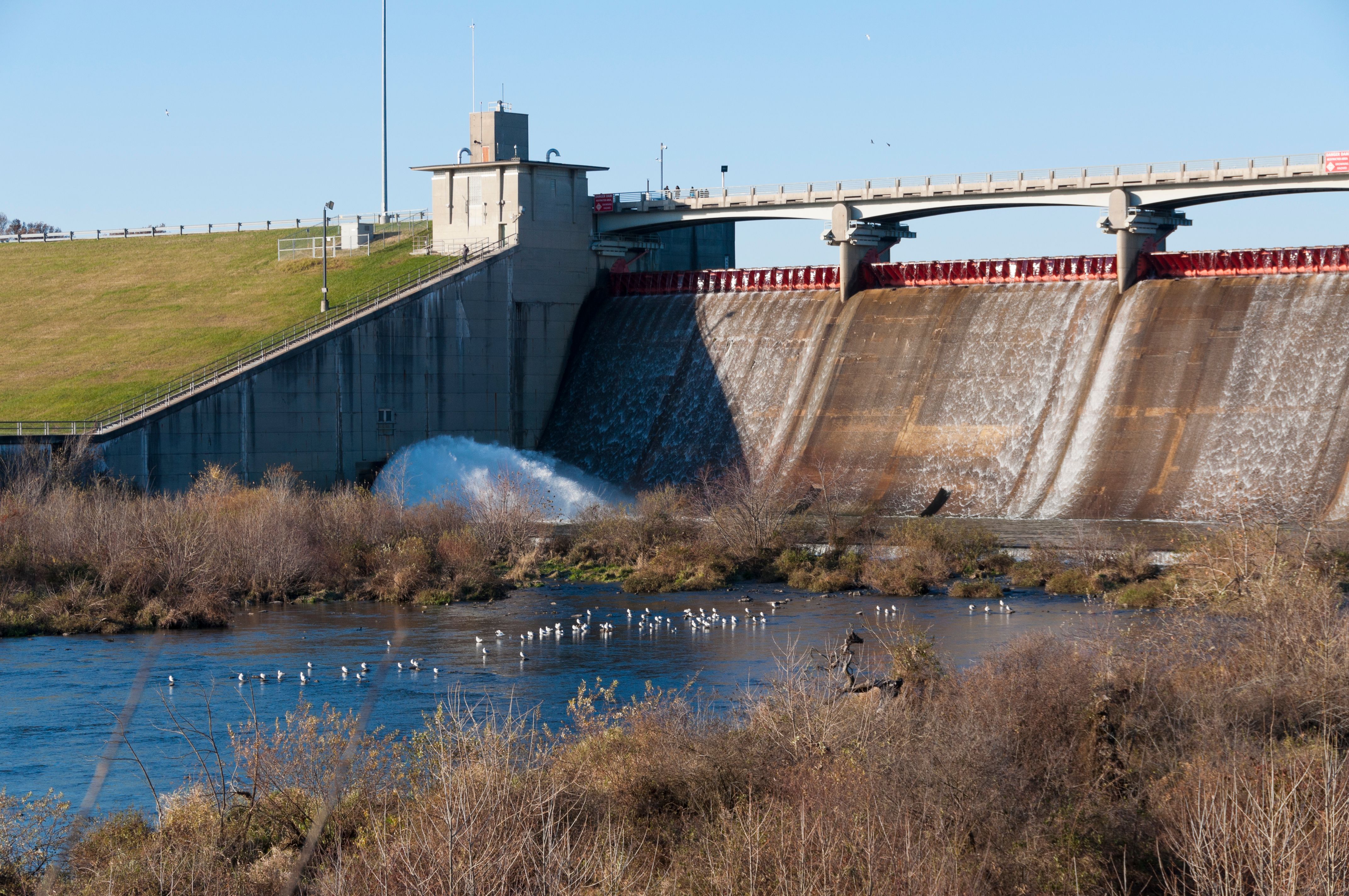
The Hoover Dam is a marvel of engineering and a popular tourist destination where many visitors have discovered something bizarre – water poured over the side doesn’t go down, but instead floats upwards in apparent defiance of gravity. This phenomenon has amazed countless tourists who come expecting to see water fall, only to watch it rise instead.
As fascinating as it is to see the liquid’s flow reversed, it’s actually being pulled by the powerful updraft the dam creates – even though the wind may not be noticeable, it’s still there and shoots the water that would normally fall to the earth back up towards the sky. The massive concrete structure creates its own microclimate, generating powerful air currents that are strong enough to overcome gravity’s pull on lightweight water droplets. This creates a spectacular visual effect that continues to astound visitors from around the world.
The Oregon Vortex near Gold Hill, Oregon
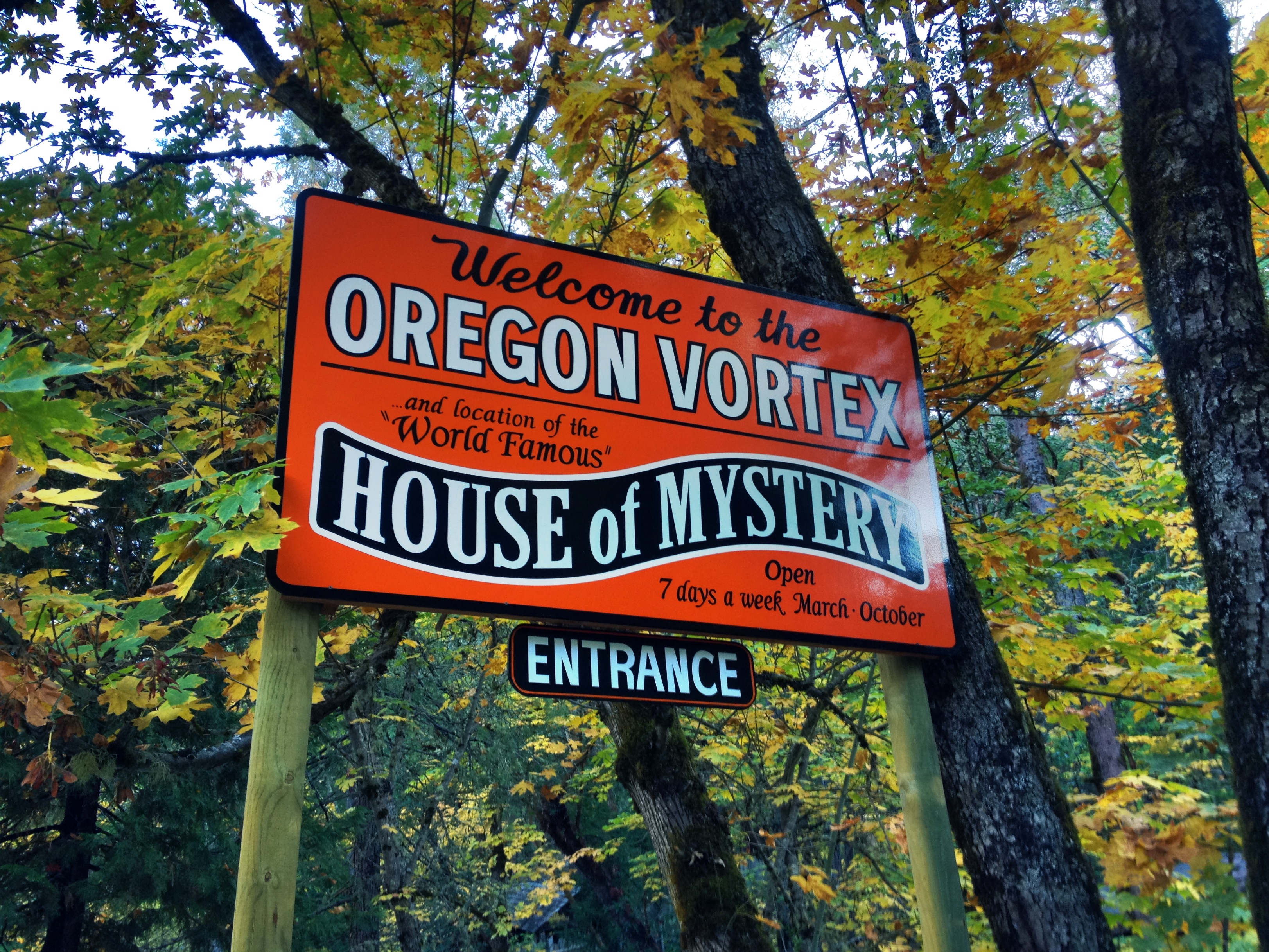
America’s premier mystery spot is the Oregon Vortex near Gold Hill, Oregon, open to the public since 1930, where tennis balls really do seem to roll uphill and brooms really do stand on end, making it the most disturbed mystery spot according to rigorous scientific tests. This location has earned a reputation as one of the most convincing gravity-defying places in North America.
What causes the mysterious goings-on here remains unknown, with theories ranging from a great beam of “high velocity soft electrons” exiting the earth through the vortex to claims that a giant underground device produces the weird effects. While skeptics usually write off the effects observed in Mystery Spots as nothing more than optical illusions designed to lighten tourists’ wallets, when was the last time you enjoyed a vacation accompanied by a skeptic? The Oregon Vortex continues to challenge visitors with phenomena that seem to bend the very laws of physics.
Conclusion

These eight remarkable locations remind us that our planet still holds mysteries waiting to be explored and understood. Whether they’re genuine gravitational anomalies like Hudson Bay’s ice sheet legacy or cleverly crafted optical illusions at mystery spots, each place offers a humbling reminder that our perception of reality can be more fragile than we think.
Scientists can conclusively demonstrate that no gravity, magnetic, or otherworldly physical effect is necessary to produce most mystery spots, and they can recreate these illusions in laboratories to show how convincing the perceptual illusion truly is. Yet the wonder these places inspire continues to draw millions of visitors who want to experience the impossible for themselves. What fascinates you more – the scientific explanations behind these phenomena, or the magical feeling of witnessing gravity seemingly break its own rules?

Hi, I’m Andrew, and I come from India. Experienced content specialist with a passion for writing. My forte includes health and wellness, Travel, Animals, and Nature. A nature nomad, I am obsessed with mountains and love high-altitude trekking. I have been on several Himalayan treks in India including the Everest Base Camp in Nepal, a profound experience.




